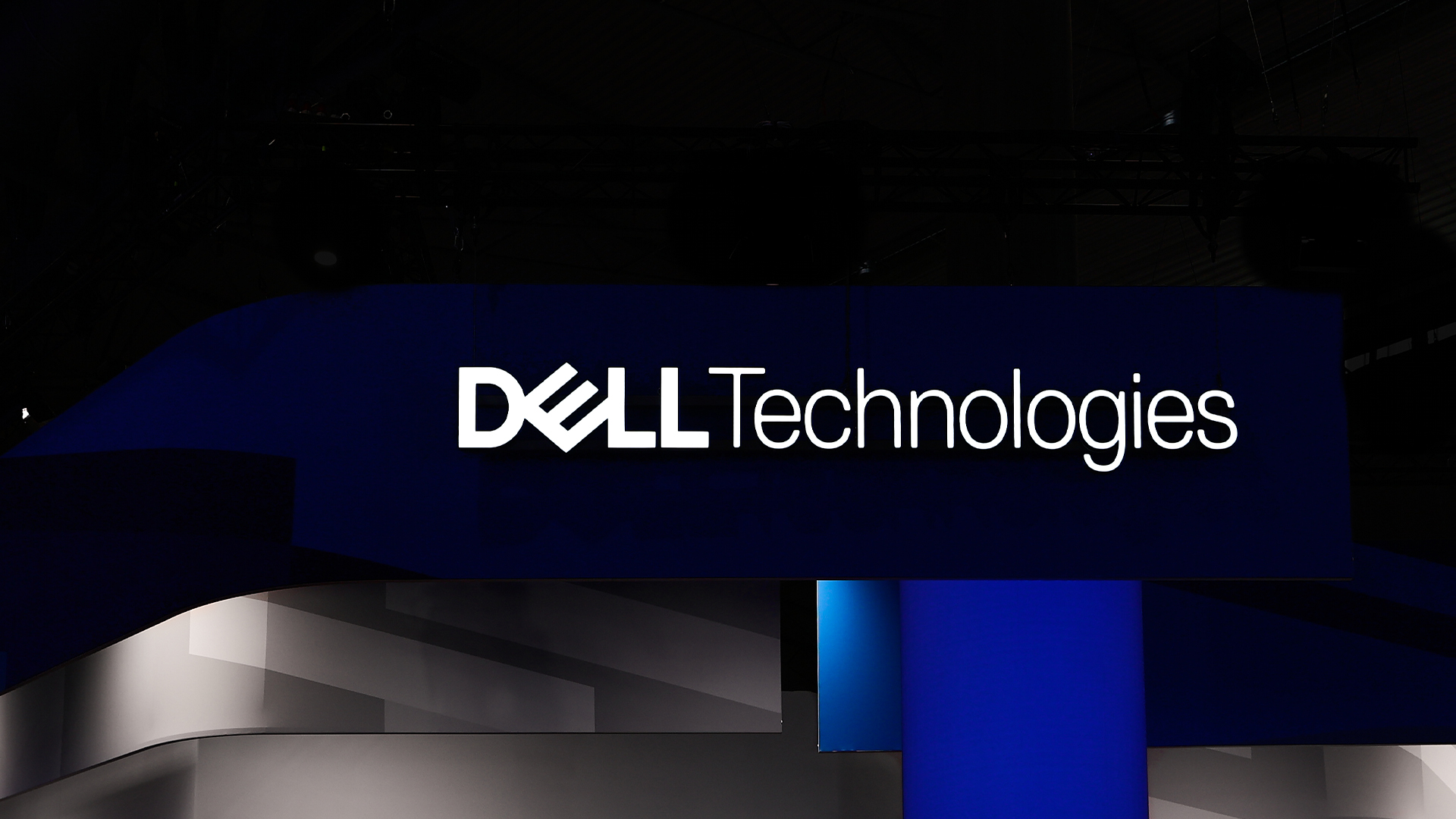Enterprises just can't seem to shake legacy tech – and it’s seriously hampering digital transformation goals
Outdated legacy tech is interfering with organizational progress and innovation, according to new research


Legacy tech is holding back more than eight-in-ten organizations globally, new research suggests, with enterprises worried their digital transformation goals are being hampered by inadequate or outdated technologies.
According to NTT Data’s inaugural Lifecycle Management Report, 94% of C-suite executives believe legacy infrastructure is greatly affecting business agility.
The report blames rapid modernization, the proliferation of technology consumption models, and an increasingly complicated and fragmented supplier ecosystem.
These factors, NTT said, make it difficult for many organizations to maintain their technology infrastructure effectively enough to foster business agility and innovation.
Meanwhile, more than two thirds of currently-active hardware with a scheduled last day of support will no longer be supported by 2027.
According to the report, only half of enterprises have fully aligned their technology approach with their business strategy needs, while seven in ten organizations said their network assets are mostly aging or obsolete.
Similarly, the study noted that misaligned lifecycle patterns can result in inappropriate coverage levels, labor-intensive renewals, extended incident resolution times, security breaches, and even costly license violations and compliance issues.
Get the ITPro daily newsletter
Sign up today and you will receive a free copy of our Future Focus 2025 report - the leading guidance on AI, cybersecurity and other IT challenges as per 700+ senior executives
"Infrastructure lifecycles are a critical part of the IT management process. They represent an opportunity and a challenge for leadership, as effective lifecycles can result in huge business benefits – from increased efficiency to fostering greater innovation," said Gary Middleton, vice president of networking GTM at NTT Data.
"However, inefficient lifecycle management can equally be a meaningful operational blocker, posing numerous risks to security and business continuity. Through the Lifecycle Management Report, our aim is to help organizations enhance their infrastructure lifecycle processes and unlock the huge benefits doing so presents."
In the UK, nearly three-quarters of currently active hardware will no longer be supported by 2027, while only 45% of UK enterprises have fully aligned their technology approach to their business strategy. Two-thirds of UK organizations said their network assets are mostly aging or obsolete.
And while three-quarters of C-suite executives noted that sustainability is a primary consideration in the IT procurement process, only 38% organizations have been able to fully deploy an organization-wide sustainability strategy.
Tackling legacy tech problems
The company advised organizations to develop a holistic view of technology assets that mitigates risk, eases asset management, and leads to cost optimizations.
RELATED WHITEPAPER

They should also implement procurement governance in lifecycle management, standardizing procurement practices, as well as minimizing hardware and software incompatibility and streamlining their multi-vendor environment.
"Hardware and software lifecycle management ensures the reliability, performance and security of organizations’ infrastructure, aligned with their business goals and processes. They gain visibility of and control over their infrastructure assets, and they can more easily integrate and harmonize their hardware and software assets across their multivendor estates," the report said.
"Efficient lifecycle management also reduces an organization’s total cost of ownership by avoiding unnecessary spending on outdated or underused hardware and software. It lowers their maintenance and support costs and helps them negotiate sensible licensing deals."
Emma Woollacott is a freelance journalist writing for publications including the BBC, Private Eye, Forbes, Raconteur and specialist technology titles.
-
 Microsoft just hit a major milestone in its ‘zero waste’ strategy
Microsoft just hit a major milestone in its ‘zero waste’ strategyNews Microsoft says it's outstripping its zero waste targets, recording a 90.9% reuse and recycling rate for servers and components in 2024.
By Emma Woollacott
-
 Dell names Lisa Ergun as new Client Solutions Group channel lead for the UK
Dell names Lisa Ergun as new Client Solutions Group channel lead for the UKNews Dell Technologies has announced the appointment of Lisa Ergun as its new Client Solutions Group (CSG) channel lead for the UK.
By Daniel Todd